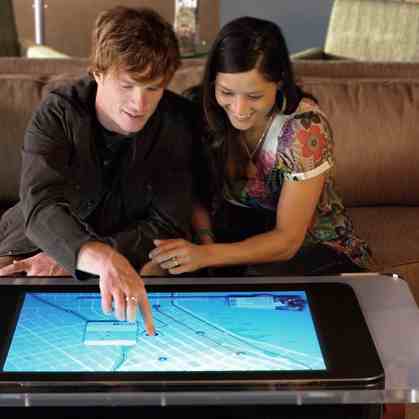
By the 20th century, a new term “the digital divide” was signifying what the latest technological trends were. It sent sparks across the younger generations with the urge to get their hands on the latest advancements in computing and other gadgets. This slowly started becoming the center of focus for not just the upper classes in the United States but also the low income groups with limited finances. Although, the struggle to acquire this gadgetry has narrowed the divide among the classes, it surely has brought about a rather difficult side effect which is that of time wastage.
Despite the increase in accessibility, it has been noticed that the youth belonging to the middle class or low income backgrounds spends a considerable amount of time watching television, playing games and establishing connections through the social networking websites such as Facebook and Twitter. The policy makers however, suggest that this amount of time wastage is a reflection of the way parents choose to monitor their children and the kind of liberty they are given to use this technology.
Laura Robell, principal of a public middle school in California states, “I’m not antitechnology at home, but it’s not a savior.” She also talked about how she did not exactly give in to the attraction of the technological trends until recently and did not really see the use of having it in every household. As a person in-charge she said, “So often we have parents come up to us and say, I have no idea how to monitor Facebook.”
This problem is becoming much widespread and drawing the attention of policy makers who have suggested a new proposal to send out trainers throughout schools to convey the real uses of this technology and how to use it for more productive purposes. These campaigns are being widely funded by large technological corporations like Microsoft and have agreed upon the provision of digital trainers to assist students make use of these advancements.
The policy makers also realize some other ways in which the data available to the students and young children can be restricted such as blocking websites that contain pornographic images and other material which is inappropriate for certain age groups. Commission Chairman, Julius Genachowski stressed upon the need to bridge this gap by stating, “Digital literacy is so important, giving parents and students the tools and know-how to use technology for education and job-skills training.”
Government officials highlighted the statistics for the usage and accessibility of computers in private home-based use reflecting that almost 65% of the American households had their own internet access at home and this smoothly exceeded the number of households that had an earning of below $20, 000 annually. According to Microsoft officials, the accessibility of this technology is not bridging the gaps, instead it is shedding more light on some of the problems that do exist in society but were not highlighted as much. The fact that computers were created in order to make use of more information and for educational and productive purposes has been killed and replaced by the need for more entertainment.
I am Susan Hannan from Exams Key; it gives 100% 9L0-410 exam exams. Let’s take benefit of 117-304 exam Exams material efficiently and get guaranteed success. Check out free demo of all certifications Exam.

